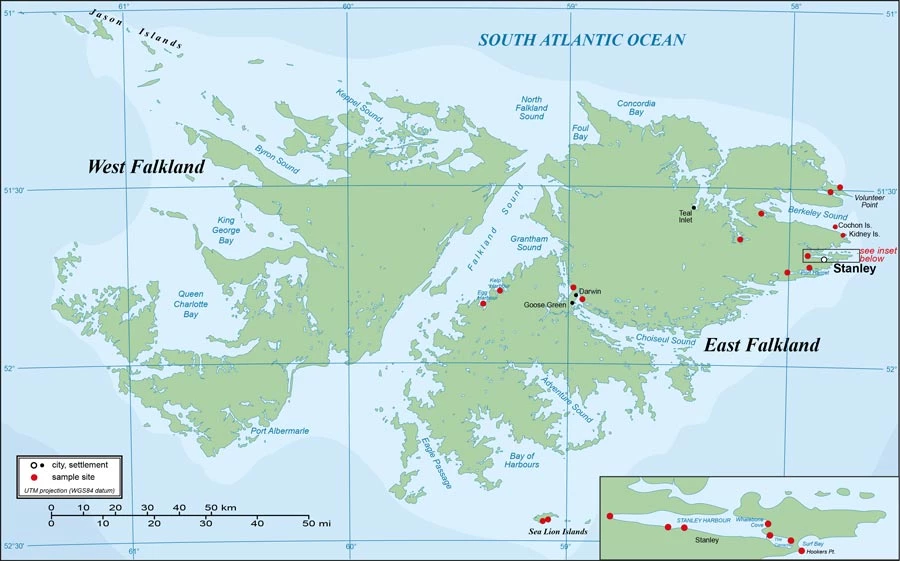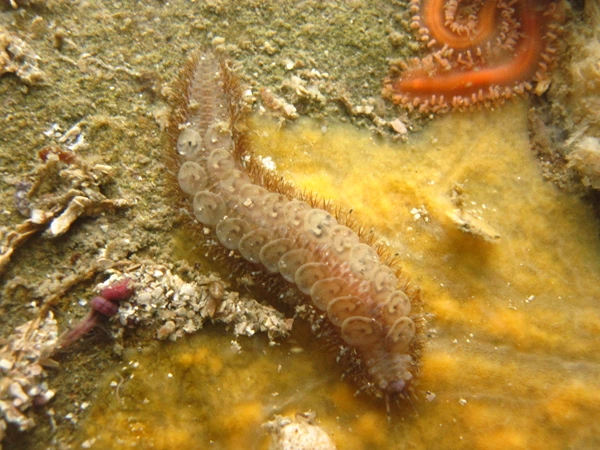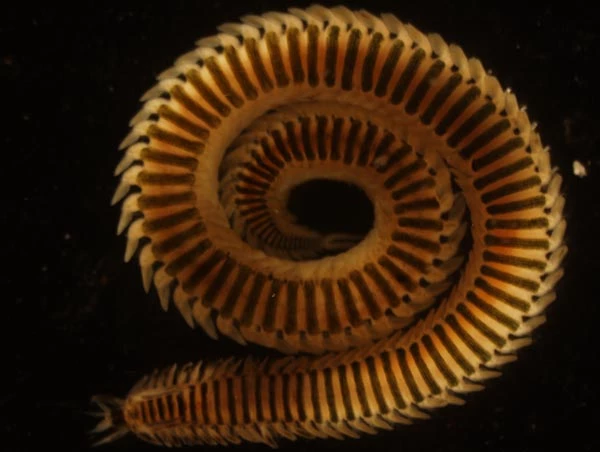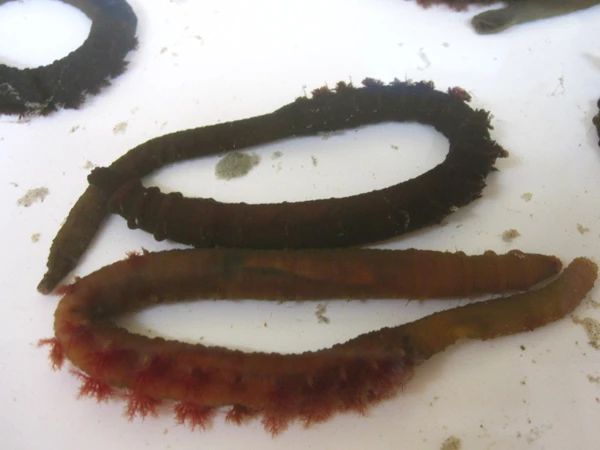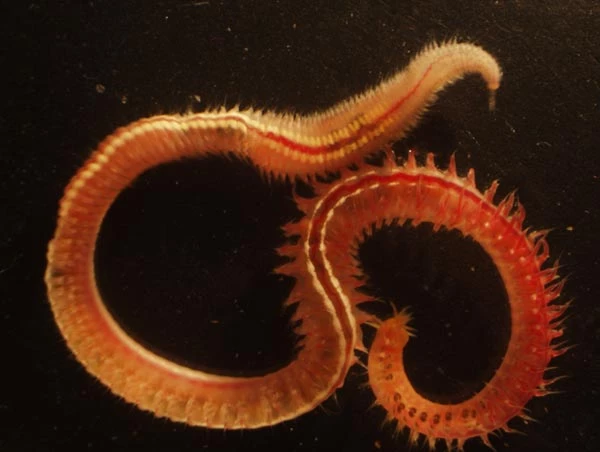Species new to Science: Polychaetes from the Falkland Islands
1. Map showing the sample sites around East Falkland with enlarged inset map of locations around Stanley
3. Two cirratulids found under a rock during a dive
4. Scaleworm (Polynoidae) found under a rock while diving
8. Paddleworm (Phyllodocidae) with distinctive black stripes
9. Two different species of lugworm (Arenicolidae) from a shore
10. A new species of ragworm (Nereididae)
Polychaetes (or bristleworms) are found in nearly every marine habitat on Earth. They are very adaptable and diverse in appearance, and there are currently around 10,000 species described. With increasing environmental pressures on our marine environment it is more important than ever to know what species live where.
Polychaetes from offshore habitats around the Falkland Islands in the South Atlantic have often been sampled as part of Antarctic research cruises. Those from intertidal regions (between high and low tide marks) are conversely not so well known. Some intertidal work was done at the beginning of the twentieth century by a Falkands naturalist, Rupert Vallentin, who sent specimens to taxonomists for identification and research. Since then little has been done.
Teresa Darbyshire, a marine biologist from Amgueddfa Cymru, has been collaborating with the local Shallow Marine Surveys Group to study the polychaetes of the Falkland Islands. Four weeks of fieldwork in late 2011, funded by the Shackleton Scholarship Fund, allowed nineteen different shores to be sampled (Images 1, 2, 6) on East Falkland, the main island of the group. Diving together with the Shallow Marine Surveys Group also allowed offshore sites to be sampled (Image 3, 4, 7).
Fieldwork in the Falkland Islands offered some unusual biological hazards including sea lions investigating Teresa while working underwater, elephant seals creeping up behind her on the shore, and caracaras (birds of prey) trying to fly off with the sample pots! (Image 5)
Features important for their identification such as colour and patterns (Image 8) often disappear or change once polychaetes are preserved ("fixed"). Specimens were, therefore, mostly looked at and photographed live under a microscope. Specimens were also "relaxed" before fixing so that they were less likely to contort and possibly break-up, so making them much easier to identify later on.
Polychaete identification is neither quick nor easy! Different species occur across the world and change according to both habitat and location. Located in the South Atlantic, the Falkland polychaetes are likely to be different from those in the North Atlantic and so their identification is requiring much searching of available literature. To start with, the specimens were first sorted into families (groups of related species). Although not all families exist in all environments, the families recognised from the Falklands also occur in British waters. Each family was then studied in turn, to identify the different species present across all of the sites. It's always easier to identify something if you have many specimens to look at as you may get a range of different sizes, from juveniles to adults, and also specimens in different condition.
Over thirty different families have now been identified from the samples. Two new species have already been found of lugworm (Arenicolidae , Image 9) and ragworm (Nereididae, Image 10). This is surprising as these two groups contain large animals and are generally well known as they are often used by fishermen for bait. It is expected that several more new species will be found as the samples are analysed.
A second visit occurred in 2013 to sample additional locations both on East Falkland and across West Falkland too. Eventually, it is intended that all of these samples together will facilitate the production of a list of the intertidal and inshore polychaetes of the Falkland Islands. This will be of great benefit to all those working to protect the environment of the Falkland Islands as well as polychaete researchers from around the world.
